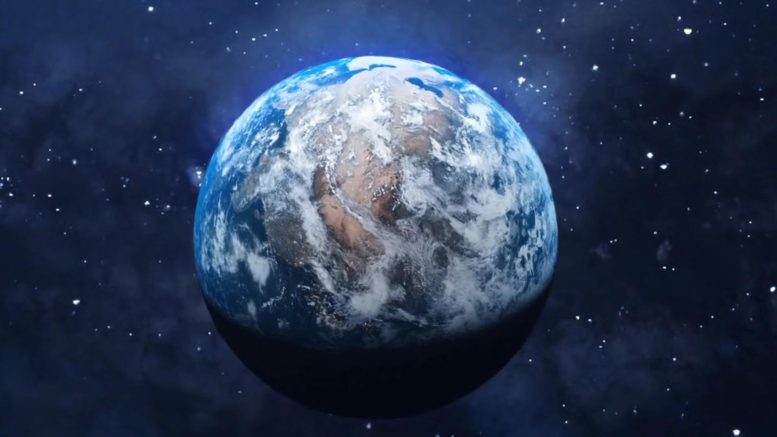
During the Early-Middle Devonian, Gondwana was a warm, flooded landmass at the South Pole, home to the now-extinct Malvinoxhosan biota. New research has revealed these species’ decline correlated with sea-level and temperature changes. Their extinction, likely due to disrupted ocean barriers and an influx of warm-water species, led to an irreversible collapse of polar ecosystems. Similar patterns have been observed in South America, underscoring the lasting sensitivity of polar regions to environmental shifts.
During the Early-Middle Devonian period, a large landmass called Gondwana—which included parts of today’s Africa, South America, and Antarctica—was located near the South Pole. Contrary to the frosty environment we see today, the climate was warmer, and elevated sea levels submerged much of its terrain.
The Malvinoxhosan Biota Mystery
The Malvinoxhosan biota were a group of marine animals that thrived in cooler waters. They included various types of shellfish, many of which are now extinct. “The origin and disappearance of these animals have remained an enigma for nearly two centuries until now,” says Dr. Penn-Clarke.
The researchers collected and analyzed a vast amount of fossil data. They used advanced data analysis techniques to sort through layers of ancient rock based on the types of fossils found in them. Imagine it like sorting through layers of a cake, each with different ingredients.
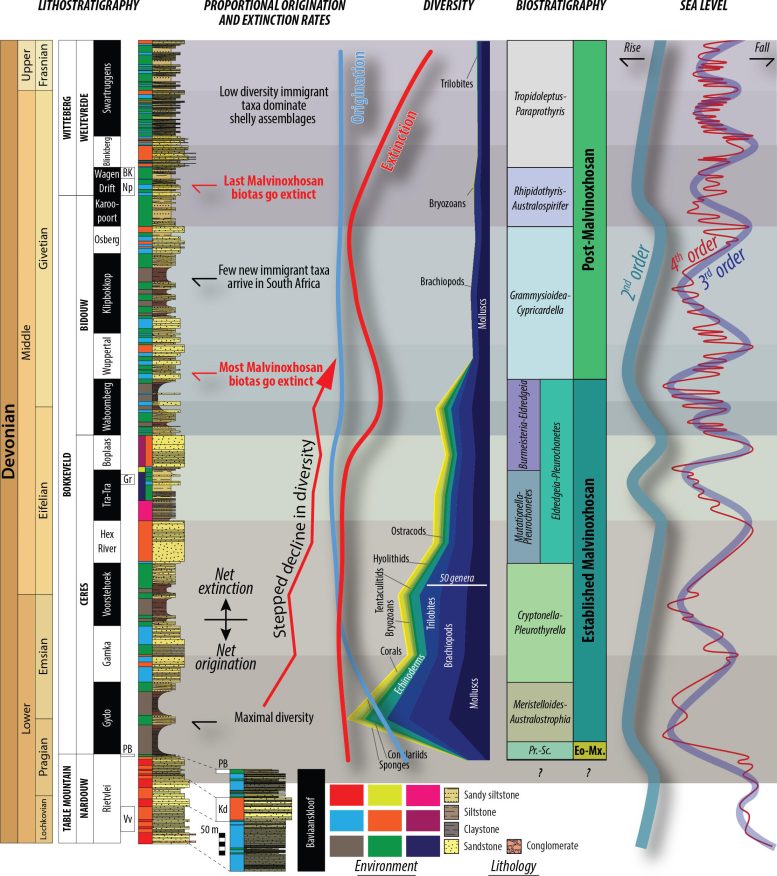
Simplified diagram showing the relationship between changes in sea-level and environment with biodiversity through time in South Africa during the Early-Middle Devonian. Credit: GENUS: DSI-NRF Centre of Excellence in Palaeosciences
They then identified at least 7 to 8 distinct layers, each showing fewer and fewer types of marine animals over time. These findings were then compared with how the environment and sea levels have changed, as well as with global temperature records from that ancient period. They found that these marine animals went through several phases of declining numbers of different species, which correlated with changes in sea levels and climate. It was a difficult process.
“This research is around 12-15 years in the making, and it wasn’t an easy journey,” shares Dr. Penn-Clarke. “I was only able to overcome all the different challenges through dogged persistence and perseverance.”
Theories on Marine Life Adaptation
Their research suggests that the Malvinoxhosan biota survived during a long period of global cooling. Dr. Penn-Clarke elaborates, “We think that cooler conditions allowed for the creation of circumpolar thermal barriers—essentially, ocean currents near the poles—that isolated these animals and led to their specialization.”
As the climate warmed up again, these animals disappeared. They were replaced by more generalist marine species that are well-adapted to warmer waters. Shifts in sea levels during the Early-Middle Devonian period probably disrupted natural ocean barriers that had kept waters cooler at the South Pole.
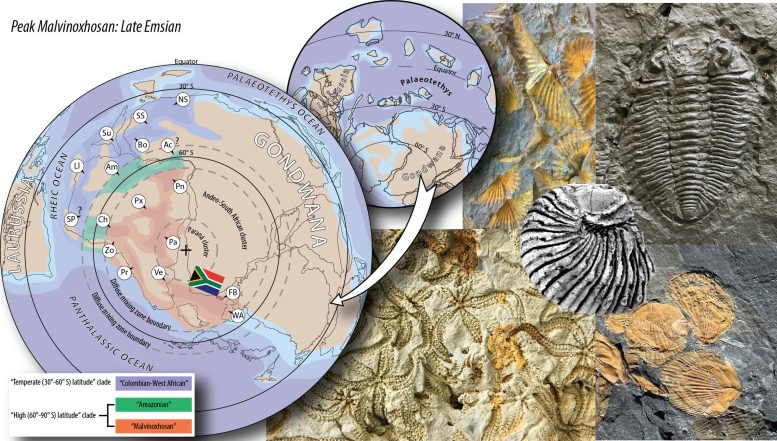
Inset images are of common invertebrate fossils found in South Africa. Clockwise from left: Brachiopod shell bed of Australospirifer and Australocoelia, the trilobite Eldredgeia, brachiopod shells of Rhipidothyris, an ophiuroid bed. At centre is an enrolled trilobite assigned to Burmiesteria. Image credits: Geographic reconstruction after Penn-Clarke and Harper (2023), fossil photographs by Cameron Penn-Clarke and John Almond. Credit: GENUS: DSI-NRF Centre of Excellence in Palaeosciences
This allowed warmer waters from regions closer to the equator to flow in, setting the stage for marine animals that thrive in warmer conditions to move into these areas. As a result, these warm-water species gradually took over, leading to the decline and eventual disappearance of the specialized, cool-water Malvinoxhosan marine animals.
Impact on Polar Ecosystems
The extinction of the Malvinoxhosan biota led to a complete collapse in polar ecosystems, as biodiversity in these regions never recovered.
“This suggests a complete collapse in the functioning of polar environments and ecosystems to the point that they could never recover,” Dr. Penn-Clarke adds.
He likens this research to playing a game of Cluedo.
“It’s a 390-million-year-old murder mystery. We now know that the combined effects of changes in sea level and temperature were the most likely ‘smoking gun’ behind this extinction event,” he notes. It is still unknown if this extinction event can be correlated with known extinction events at the same time elsewhere during the Early-Middle Devonian as researchers simply do not have any real good age inferences. The mystery deepens further, and it is far from over.
Interestingly, similar declines in biodiversity controlled by sea-level changes have been observed in South America. This points to a broader pattern of environmental change affecting the South Polar region during this period and underscores the vulnerability of polar ecosystems, even in the past.
“This research is important when we consider the biodiversity crisis we are facing in the present day,” says Dr. Penn-Clarke. “It demonstrates the sensitivity of polar environments and ecosystems to changes in sea level and temperature. Any changes that occur are, unfortunately, permanent.”
Reference: “The rise and fall of the Malvinoxhosan (Malvinokaffric) bioregion in South Africa: Evidence for Early-Middle Devonian biocrises at the South Pole” by Cameron R. Penn-Clarke and David A.T. Harper, 13 October 2023, Earth-Science Reviews.
DOI: 10.1016/j.earscirev.2023.104595
The study was funded by the GENUS: DSI-NRF Centre of Excellence in Palaeosciences, the National Research Foundation, and the Leverhulme Trust.


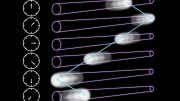
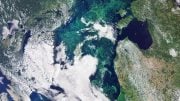

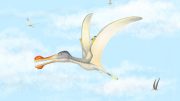



The pattern would be consistent with puled expansions of the Earth followed by rises is sea floors, and settlement of continents. The magnitude of the pulsed growth and expansions would be highly variable, but the settlements of continents, and the rises in sea floors would be more uniform in nature. In the 4th order, notice the gradual change in the number of cycles of rise and fall for each pulsed wave of Earth Growth and Expansion. As the Earth grows larger, the smaller cycles come sooner and more often.